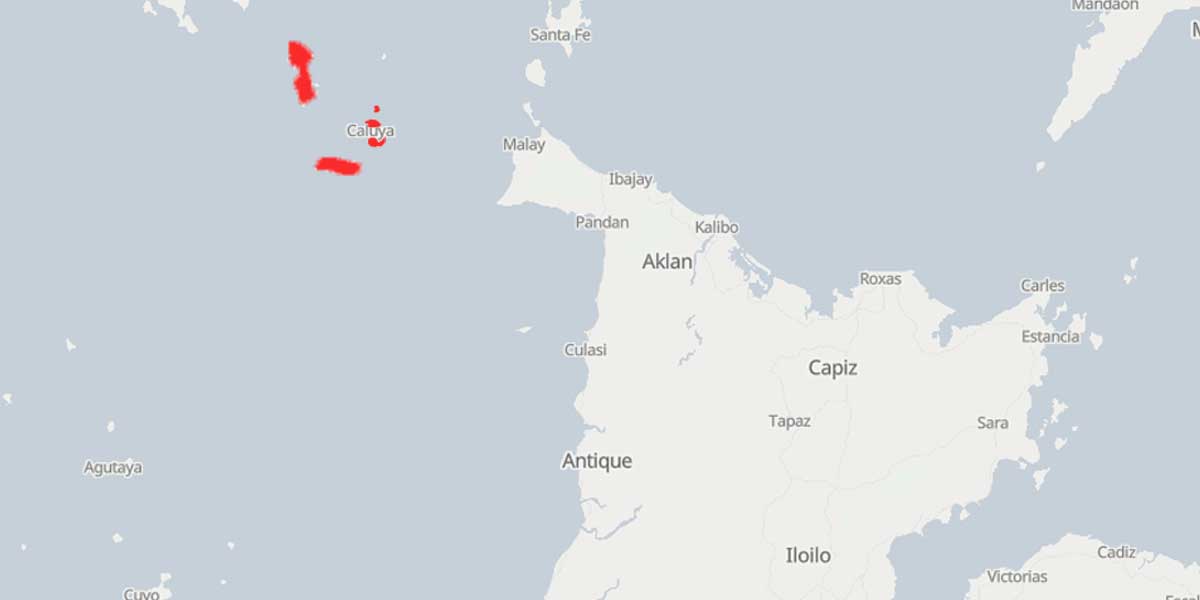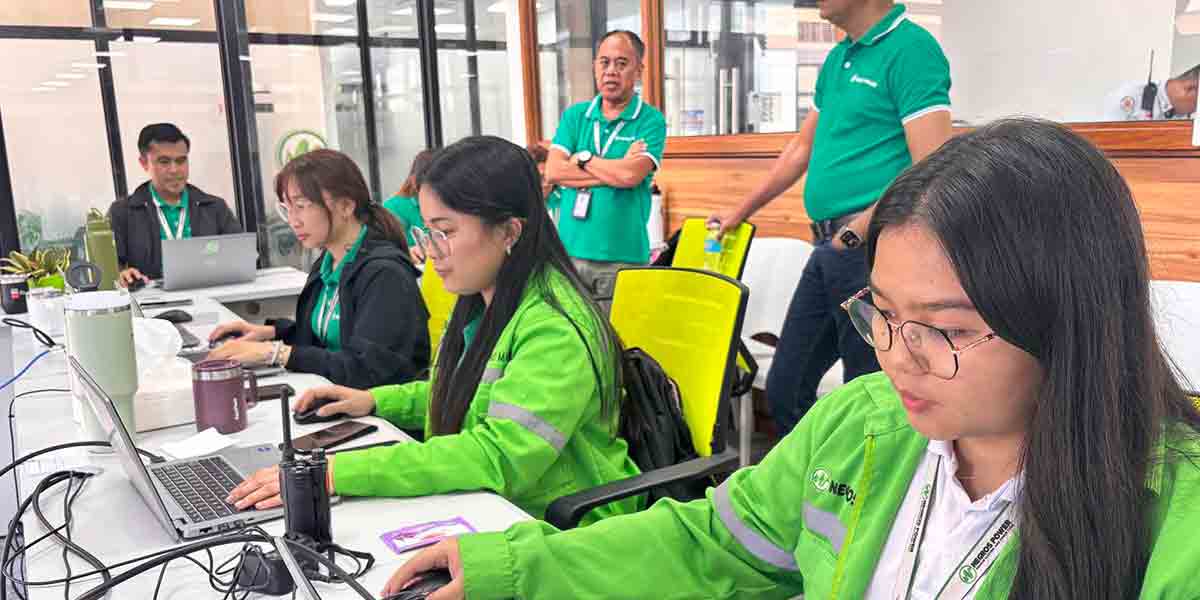 By Engr. Edgar Mana-ay
By Engr. Edgar Mana-ay
The P11.2 billion ($0.22 billion) Jalaur River Multi-Purpose Dam (JRMP II) was born in the 1960s after the 4th Congress passed Republic Act 2651 authorizing the construction of Jalaur River Dam in Iloilo. At last, after nearly half a century of waiting (quite a world record), the Ilonggos now see the rising of a dam which as of this year is only about 20% completed. This dam is not for hydropower generation but mainly to irrigate 32,000 hectares of rice lands and eventually provide for potable water supply to Metro Iloilo maybe five to ten years from now.
In contrast, the Three Gorges Dam in China designed to tame China’s longest and largest river, the Yangtze, is the largest hydro-electric dam project on Earth ever built, so big that it is visible to the naked eye from space. It is 181 meters tall and spans 2.4 kilometers across the Yangtze, generating 22,500 megawatts, more than enough to power the entire Philippines (15,000 mw), and operational since 2013 at a cost of US $28.6 billion.
All dams have one main purpose: to control rainfall during typhoons and heavy monsoon in order to prevent/minimize rivers from overflowing to cause destructive flooding of the plains. Abnormal rainfall can be effectively stored either underground which will require a very ideal watershed condition, hence a disciplined populace (of which we are not) or in reservoirs of dams so that water can gradually be released to the sea without flooding the plains. Without these two effective storage system, rainfall will just flow wholesale towards the sea, causing floods in the process, and where rainfall will not be of use to man. Electric power and potable water supply are just additional benefits of a dam system if technically feasible.
There is an urgent need for the Provincial Government to have an assurance that the ongoing construction of JRMP II when completed can fulfill its purpose: firstly, prevent destructive floods downstream up to Iloilo City during abnormal rainfall up to a 60-year flood intensity and secondly to provide the irrigation water for the target 32,000 hectares rice lands all year round so that farmers can have a second or even a third crop. Doubts recently resurfaced with the Chinese people when their highly boasted Three Gorges Dam was not able to prevent a very disastrous 60-year flood last June in the Yangtze basin, causing the death of 158, displacing 3.67 million, affecting a total of 54.8 million people with estimated economic losses of US$20.5 billion nearly the cost of the dam itself. In contrast another new dam in Iloilo, the P993.3 million Barotac Viejo Small Reservoir Irrigation Project (SRIP) at Nueva Invencion is “more close than open” according to NIA Manager Corsiga because of lack of water supply from its watershed!
The severity of floods is rated in years that it will cyclically occur. The flood caused by Typhoon Frank which devastated Metro Iloilo was a 100-year flood. Meaning a confluence of hydro-geological events occurred or an act of God, once in a hundred years that resulted in such a devastating flood. This can be a week or more of continuous light rain that will fully saturate (cannot absorb additional rain anymore) the ground, followed by a very heavy and abnormal rainfall for two or more days, aggravated by man-made obstructions to water flow. Other complexities will include the geology of the area, extent of reduced ground permeability due to paved roads and buildings and even the slope, the elevation and distance to the sea and most importantly, the forest cover. Trees and its thick foliage underneath cushion rainfall to fall slowly to the ground, allowing more time for it to infiltrate and be part of the underground water regime, thereby reducing and retarding destructive and immediate overland flow.
According to Chinese hydrologists calculation, during a 100-year flood, more than 244 billion cubic meters of water or twice the volume of the Dead Sea can pass through the Three Gorges Dam in two months. The storage capacity of the dam’s reservoir can handle only about 5% of the amount! It’s like using a small teacup to deal with a big tub of water in terms of flood control, hence the cost of the dam has surely outweighed the benefits. Besides the Dam can only hold back the water for so long (buhangan mo guid) as it has to make room for new rains and in the monsoon season, torrential downpours can come in quick succession. When the Dam opened its sluice gates several times in order not to be overwhelmed with water upstream, severe flooding occurred downstream eliciting criticism from the Chinese public. It’s really a case of “damn if you don’t and damn if you do”.
Studies by Chinese and foreign researchers on the past performance of the Three Gorges Dam shows that the dam reservoir is too small to significantly reduce downstream discharges during severe floods, although it helps alleviate flooding during normal years. During the dry season, reservoir water is kept at a maximum of 175 meters to optimize the electricity generation of the hydropower plant. Before the monsoon rains start, the water level is gradually lowered to 145 meters creating a 22 billion cubic meters of storage space for the incoming torrential rains. But that’s nothing compared to the sheer volume of floodwater flowing into the dam during abnormal rainfall.
The recent experience of the Three Gorges dam should serve as an object lesson for the dam consultants to re-assess the effectiveness of JRMP II. Is the dam reservoir enough to accommodate a 60-year flood so that release of floodwater is gradual without causing devastating floods in the plain. By the way for the reservoir of Hoover Dam near Las Vegas, Lake Mead was created at 180 km. long and 160 m at its greatest depth but the problem is not excess but lack of water to store. Upstream of JRMP II dam, the watershed area is devastated by years of wanton tree cutting without an adequate re-forestation program. What about the structural integrity of the dam itself. Is the geotechnical study adequate to preclude dam failure of any form? Are the cores from drilling preserved including the log charts and the soil tests results so that those in the know can re-visit them for a re-assuring review of the entire geotech process.
It appears now that there is NO provincial government expert regularly monitoring the construction of JRMP II dam. Everything is left to the contractor and its consultant who are both Koreans and who are both paid by the same Korean bank. Let’s heed the advice of Dr. Samuel Johnson (1709-1784): “We are inclined to believe those whom we do not know, because they have never deceived us”.
Note: The writer is a retired Exploration Drilling Manager of PNOC Coal Corporation and formerly the Hydro-geology Consultant of then Mayor Mike Gorriceta of Pavia, Iloilo.

























